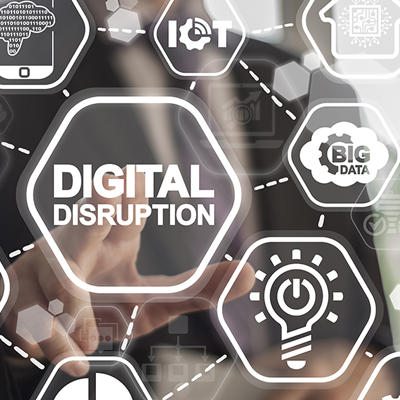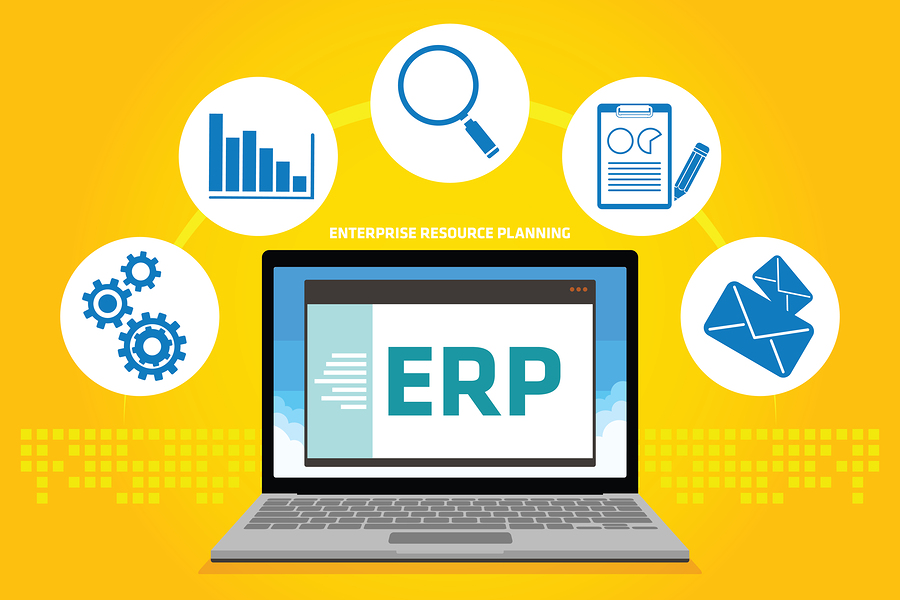
5 Tips for Using CRM to Deliver Better Customer Service
PostedOn: 2018-03-01 11:24:49
he information sitting in your customer relationship management (CRM) system is worth its weight in gold. Unfortunately, too many organizations use this in rank only during the pre-sale phase of the customer life cycle. The body of data in your CRM system is one of the most valuable tools you have and could have a significant impact on customer service levels, customer retention, and future sales. 1. Live Collaboration When it comes to solving customer service issues, time is of the essence. For tough issues, you’ll want to put the best technicians on the case. The live dashboards and monitoring tools in CRM applications enable live sharing of chats, phone calls, email chains, and service documents across the whole team so that any new specialists jumping on the problem can get up to speed quickly. Documenting these issues and their resolution within the CRM system means that incidents can be saved and cross-referenced for any future problems. 2. Understand Your Customers

4 ERP Security Issues That Can Easily Be Overlooked
PostedOn: 2018-02-28 11:25:41
nterprise resource planning (ERP) systems are designed to help companies maintain an efficient and consistent level of business operations. Formerly the job of numerous, disparate systems, ERP software integrates many tools into one, coordinating and maintaining the most important business-related tasks and financial transactions. With all these integrated programs and process, ERP systems require attention, not just for maintenance and updating but to ensure that attention is given to all security issues, even those that can easily be overlooked. ERP software systems decrease the need for multiple independent applications, helping business improve the efficiency and effectiveness of their daily business operations. However, as ERP systems are so comprehensive and cover such a broad spectrum, system weaknesses, security issues, and vulnerability are inevitable. Here are four ERP security issues that businesses can easily overlook. 1. Weak Access Controls ERP systems maintain som

5 Ways to Improve User Engagement with Your Cloud ERP Solution
PostedOn: 2018-02-28 11:11:46
oving to a cloud-based enterprise resource planning (ERP) platform as so many enterprises have brought with it new opportunities to improve user engagement, regardless of whether the cloud-based ERP application is replacing a legacy solution or is the first ERP solution you’re rolling out for your organization. Here are five ways to improve user engagement with cloud ERP. 1. Create a Cloud ERP Road Map If you’re making the transition from a legacy on-premises ERP application to a cloud-based solution, it’s important to create a cloud ERP roadmap to improve user rendezvous. You can break this roadmap down into quarterly or monthly feature releases depending on your ERP vendor, solution, and industry. Important information for the roadmap includes: Feature documentation, including a short, descriptive snippet of the feature and links to citations and training (if available online); Date the feature becomes available to users; Planned integrations betw

4 Ways Today Digital Disruptions Affect Your ERP
PostedOn: 2018-02-27 11:07:13
digital disruption occurs when new digital technology changes affect the way businesses perceive the value of their current services and products. Digital disruptions can include the massive wave in the increase of mobile devices for work and special use. This phenomenon is known as the consumerization of IT and has raised the potential for digital disruption in multiple industries. The role of current enterprise resource planning (ERP) systems is to provide a scalable and flexible IT infrastructure despite the digital disruption. Modify Your Business Model to Survive in a Digital Economy It may sound like a complete overhaul of your business, but you can make slight changes to your business reproduction by examining your current ERP operations. Keep any changes to a minimum, and use your existing resources. It doesn’t cost much to change a policy here and there. Processes should be evolving anyway. Use your ERP software to implement these changes: Don’t underestimate its powe

Big Bang Versus Phased ERP Implementations
PostedOn: 2018-02-26 11:42:20
he phrases big bang and phased are used to describe ERP strategies for introducing new systems into an organization. A big bang ERP implementation is typically used to describe a go-live or cutover scenario where a business switches from their old ERP system to their new system at a single spot in time. In contrast, a phased approach describes a scenario where fundamentals or modules of the ERP system are introduced in a planned sequence, replacing the old systems gradually. Many factors need to be painstaking when deciding on a go-live strategy. For example: Does the implementation cover a single site or multiple sites? A big bang implementation on a single site is considerably easier to manage than a synchronized big bang across multiple sites. However, interdependencies between sites could dictate that a phased approach isn’t viable. Does the implementation cover a single business or multiple businesses? If multiple business units are involved then i

Getting More Value from your ERP System - Sustaining User Training
PostedOn: 2018-02-26 11:19:18
ost organizations recognize that good quality user training during an ERP implementation project is one of the key drivers that will ensure the expected project benefits are delivered. What is less commonly understood is the way that the benefits gained may start to erode over time, unless the training is addressed on an on-going basis. The typical training model used in ERP implementations is based on a train the trainer approach, where a selected group of key users are given system training by the ERP vendor. Each of these key users then provides training to their classmates. When done properly, this approach is well proven, usually keeps training costs down to manageable proportions and ensures that system knowledge is transferred, at least to the key users. After the system is implemented, the key users continue to be the source of training for new users and the people in the organization who are consulted when the business necessities dictate that the system might need to be
